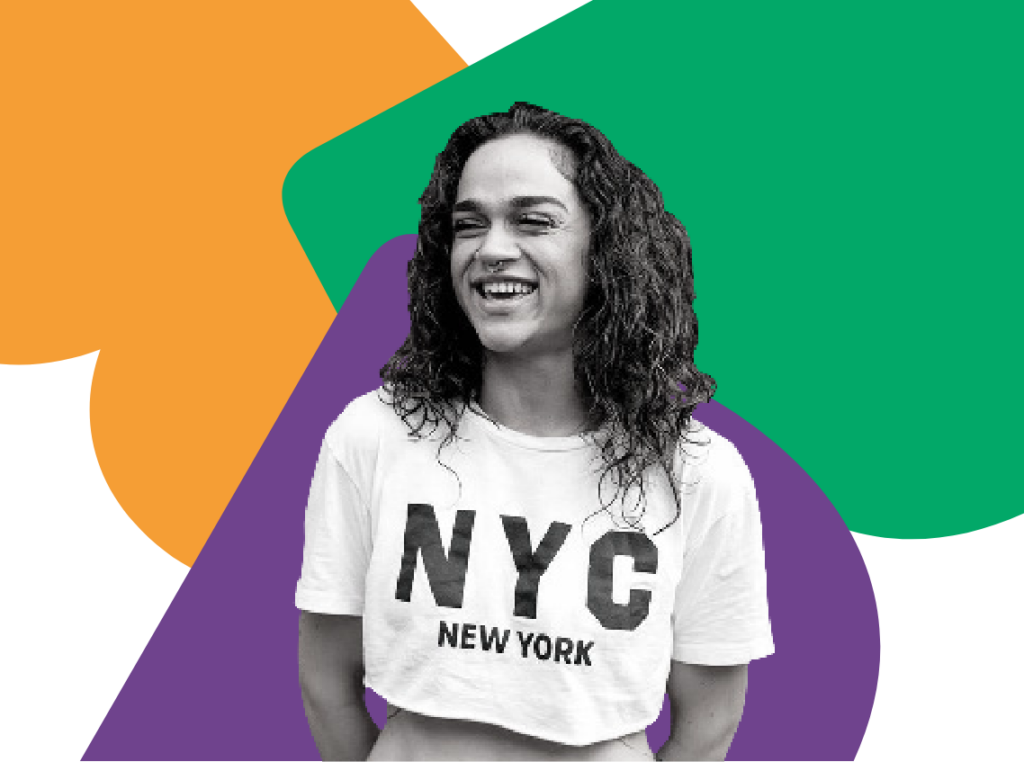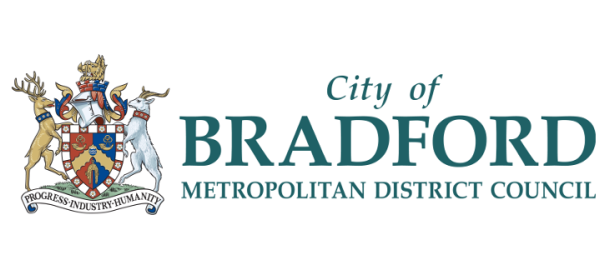Overall, Bradford is a highly diverse district, reflecting the unique ethnic, religious and socio-economic backgrounds of its residents. It has a balanced gender ratio, a diverse age structure, a slightly higher than average proportion of residents who identify as disabled, and a young population.
- Ethnicity: The largest proportion of the district’s population currently identifies as White (67.4%). 26.8% identify as Asian/Asian British.
- Since 2011, the population has increased by 4.5%. The estimated population is expected to grow to approximately 552,300 by 2041 with an average annual growth of 800 people. However, the demographics of the district are expected to change, with the population of people aged 65 and over driving the population change. Over the next 25 years, the population of people aged 65 and over is expected to increase by nearly 40,000 people to 116,800 by 2041.
- Religion: The largest religious group in Bradford is Christian (33.4%) followed by Muslim (30.5%). 28.2% of the district’s population stated that they have no religion.
- Gender: The gender balance in Bradford is roughly equal, with 50.5% of the population identifying as female and 49.5% identifying as male according to the 2011 Census.
- Age structure: The age structure in Bradford is diverse, with a relatively high proportion of young people and a mix of older residents. According to the 2021 Census, 22.4% of the population was aged under 16, while 15.2% was aged 65 and over.
- Disability: 19% of residents identify as disabled according to the 2021 Census, slightly higher than the average for both Yorkshire and The Humber and England.









